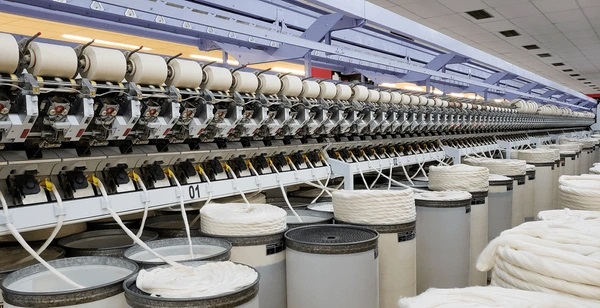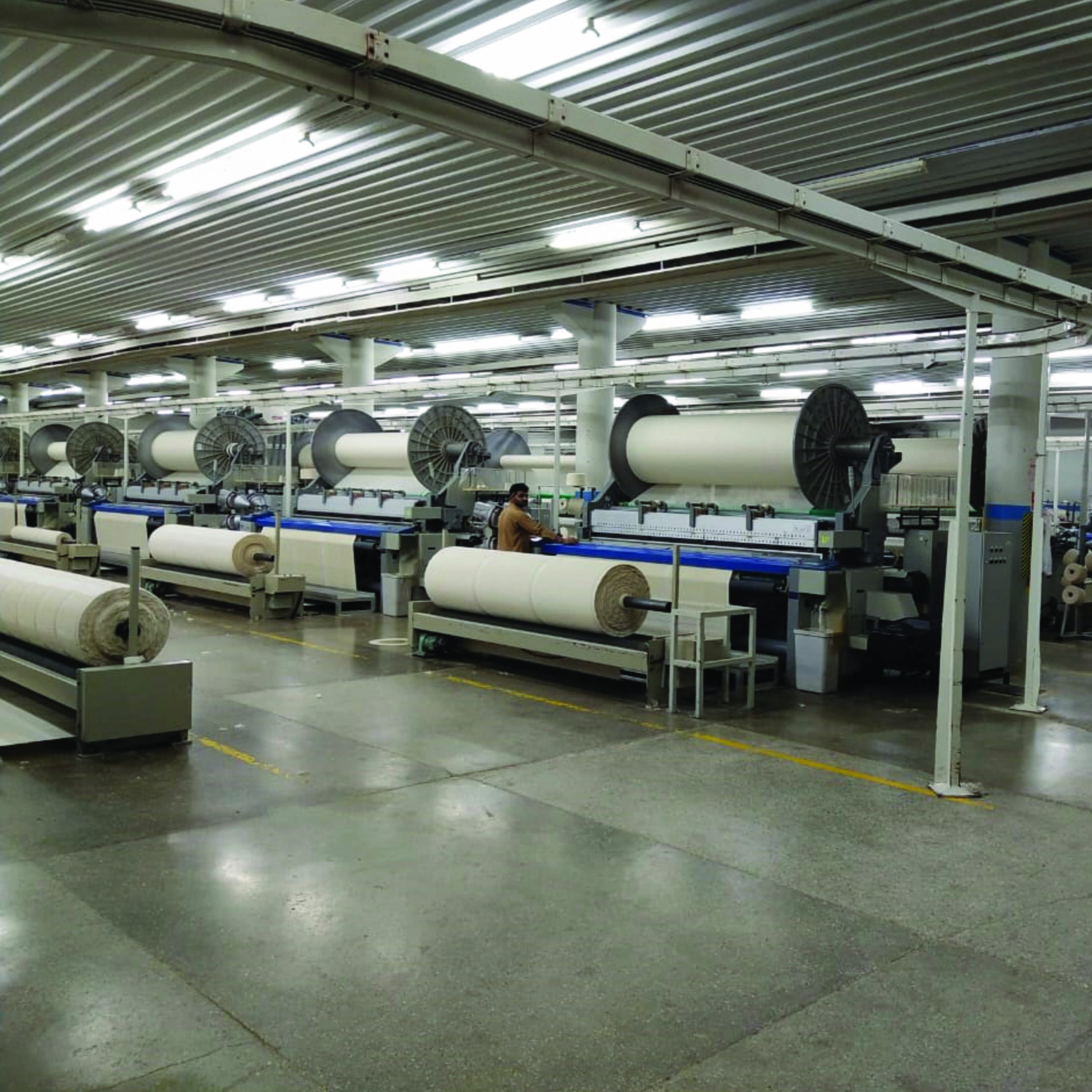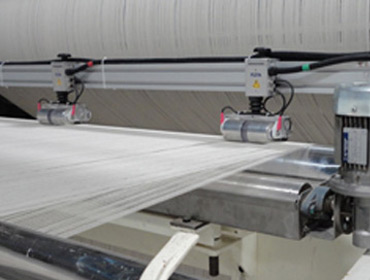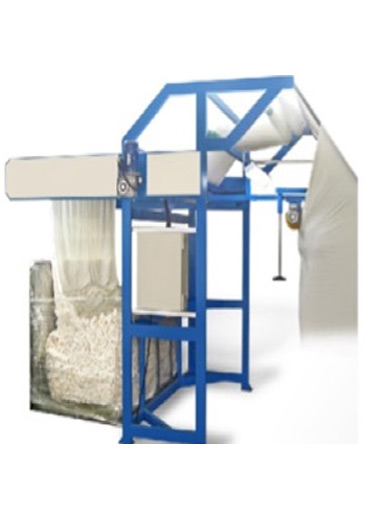CNIP manufacture organic fabric with latest technology knitting & weaving machinery which provide consistency and equal quality of fiber.
Different stitches and stitch combinations affect the properties of knitted fabric. Individual stitches look differently; knit stitches look like "V"'s stacked vertically, whereas purl stitches look like a wavy horizontal line across the fabric. Patterns and pictures can be created using colours in knitted fabrics by using stitches as "pixels"; however, such pixels are usually rectangular, rather than square
Sometimes the bobbins are wound before dyeing in the form of a ball to allow that the dye colourant can penetrate evenly throughout the yarn.








